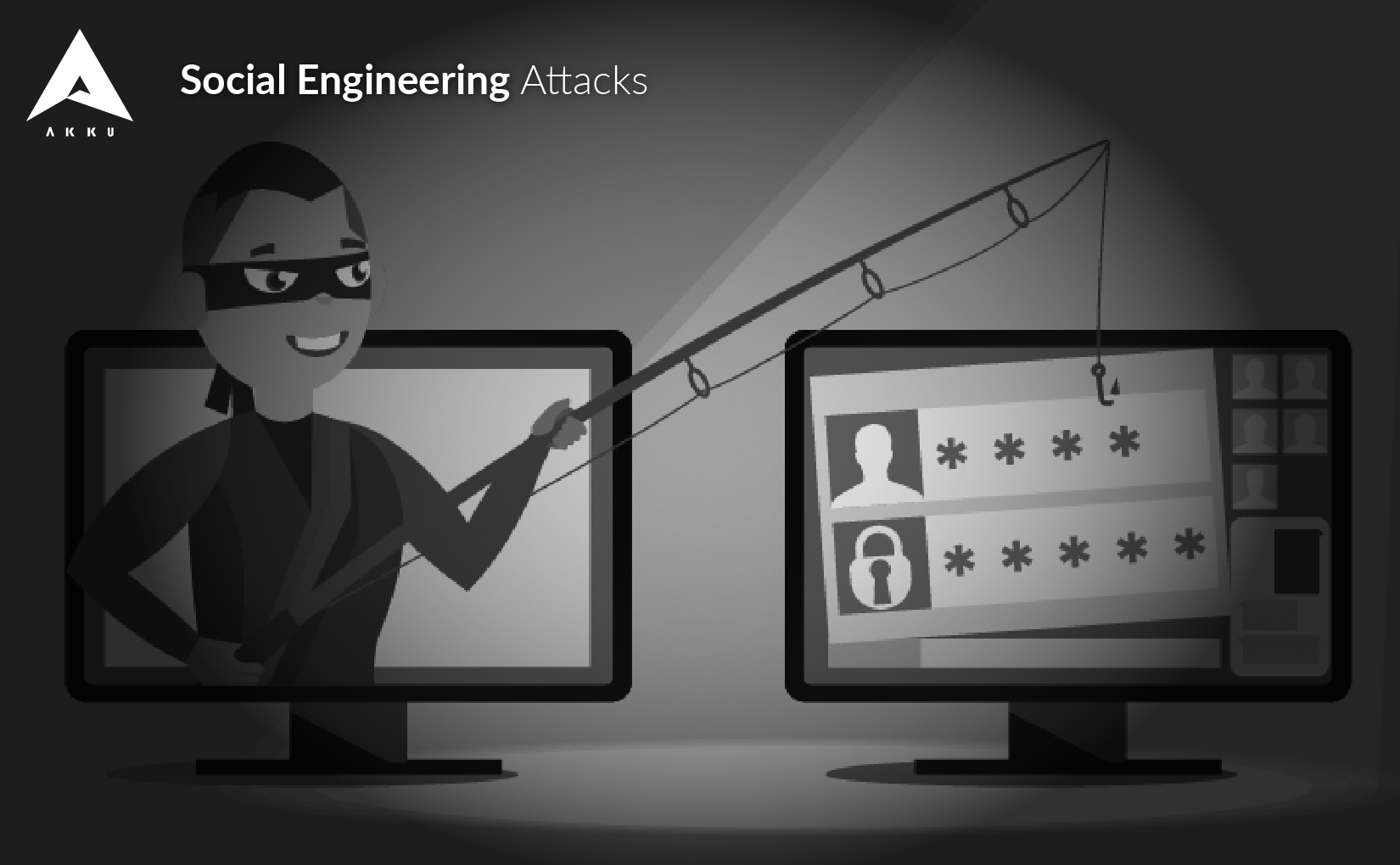When in action, a social engineering attack could look like an email received from a government organization or your own organization asking your employees to divulge their credentials. The basis of social engineering attacks is to induce fear or urgency in unsuspecting users and employees into handing over sensitive information. Over the years, these attacks have become more sophisticated – even if you open a mail or message from a possible attacker, malware is immediately installed on your system.
Social engineering attacks are often directed towards SMBs since they might not have network security solutions installed to ward off such attacks. As much as a security solution can help identify and prevent such attacks, it is extremely important to train your employees to identify social engineering attacks and how to handle them.
Not all social engineering attacks happen over email. Here are a few examples that you can talk about to your employees regarding the attacks.
1. On the phone
Your employee might receive a call from someone pretending to be his HR department and asking him to share his credentials. The attacker would create a sense of emergency or simply make it mandatory to share credentials with HR. In such cases, an employee, without confirming the authenticity of the request, might easily pass on the required information to the attacker. Once an attacker gains access to one system, your entire network can be compromised.
With an identity and access management solution, you can prevent an attacker from entering your system. This can be done by whitelisting only the IP addresses of the systems in your office. Once the IAM solution understands that the request for access is coming from a system outside the network, it will not grant entry to your network.
2. Social media and messages
Social media networks can be a landmine of social engineering attacks. Quizzes, viral apps and other seemingly harmless links that require you to share your credentials are common on social media networks. And if your employees are using social media sites while at work, and unintentionally interact with an attempted social engineering attack, it might be the perfect entry for an attacker into your network.
A good IAM solution allows you to filter the websites that your employees can access while working. You can identify harmful links and simply blacklist them to protect your network.
3. Email attack
Like we mentioned before, emails from seemingly authentic sources wanting information from your employees can contain malware. The originating domain of the mail address will be extremely similar to that of the official mail IDs, making it difficult to spot the difference. These emails could be so well crafted that they immediately create a sense of trust from the receiver. These factors, when combined, can make it easy for your employees to hand over the credentials to the attacker.
With an IAM solution, you can prevent your employees from accessing their personal mails. This ensures that any malware present in their personal inbox does not gain access to your network.
Akku from CloudNow Technologies comes packed with the features mentioned above to help you stay protected against social engineering attacks. Get in touch with us to know more.










